leonora carrington
︎Artist, Painting, Surreal
︎ Ventral Is Golden
leonora carrington
︎Artist, Painting, Surreal
︎ Ventral Is Golden
︎ Ventral Is Golden
Leonora Carrington was considered the last living member of the Surrealist movement. Her paintings, sculpture, literature, set designs and romance with Max Ernst nourished her mythic visions and pagan sensibilities. In the 1970’s she was a founding member of The Women’s Liberation movement in Mexico and would later assume the archetype of ‘High Priestess’ via teaching her intuitive methods of reading the tarot.

Leonora Carrington, born in Lancashire, UK, emerged as an artist in the Surrealist circles of inter-war Europe, where she painted her signature gossamer dreamscapes that infused Anglo-Irish pagan mythologies with the spectres of feminine psychology.
In 1937 she met Max Ernst and the two began living together in Provence, where in 1939 she produced a portrait of her lover, entitled ‘Bird Superior’ (pictured below), carrying an opalescent bag of magic through an icy tundra.
It was perhaps a premonition, as both Carrington and Ernst were later separated by the horrors of World War II. When Ernst was arrested in 1941 by the Gestapo and Carrington fled to Madrid, she suffered a nervous breakdown and was committed to a mental instituion by her father. Unfortunately being subjected to Cardiazol treatment, which chemically induced convulsive spasms similar to electrical shock therapy, her ordeal would open up the sensory realms of the deep unconscious.
After being transferred to another hospital in Lisbon, Carrington managed to escape, and with the help of a friend of Pablo Picasso she fled to Mexico, Cuauhtémoc, which would become her adopted home for the rest of her prolific artistic life.
In 1937 she met Max Ernst and the two began living together in Provence, where in 1939 she produced a portrait of her lover, entitled ‘Bird Superior’ (pictured below), carrying an opalescent bag of magic through an icy tundra.
It was perhaps a premonition, as both Carrington and Ernst were later separated by the horrors of World War II. When Ernst was arrested in 1941 by the Gestapo and Carrington fled to Madrid, she suffered a nervous breakdown and was committed to a mental instituion by her father. Unfortunately being subjected to Cardiazol treatment, which chemically induced convulsive spasms similar to electrical shock therapy, her ordeal would open up the sensory realms of the deep unconscious.
After being transferred to another hospital in Lisbon, Carrington managed to escape, and with the help of a friend of Pablo Picasso she fled to Mexico, Cuauhtémoc, which would become her adopted home for the rest of her prolific artistic life.
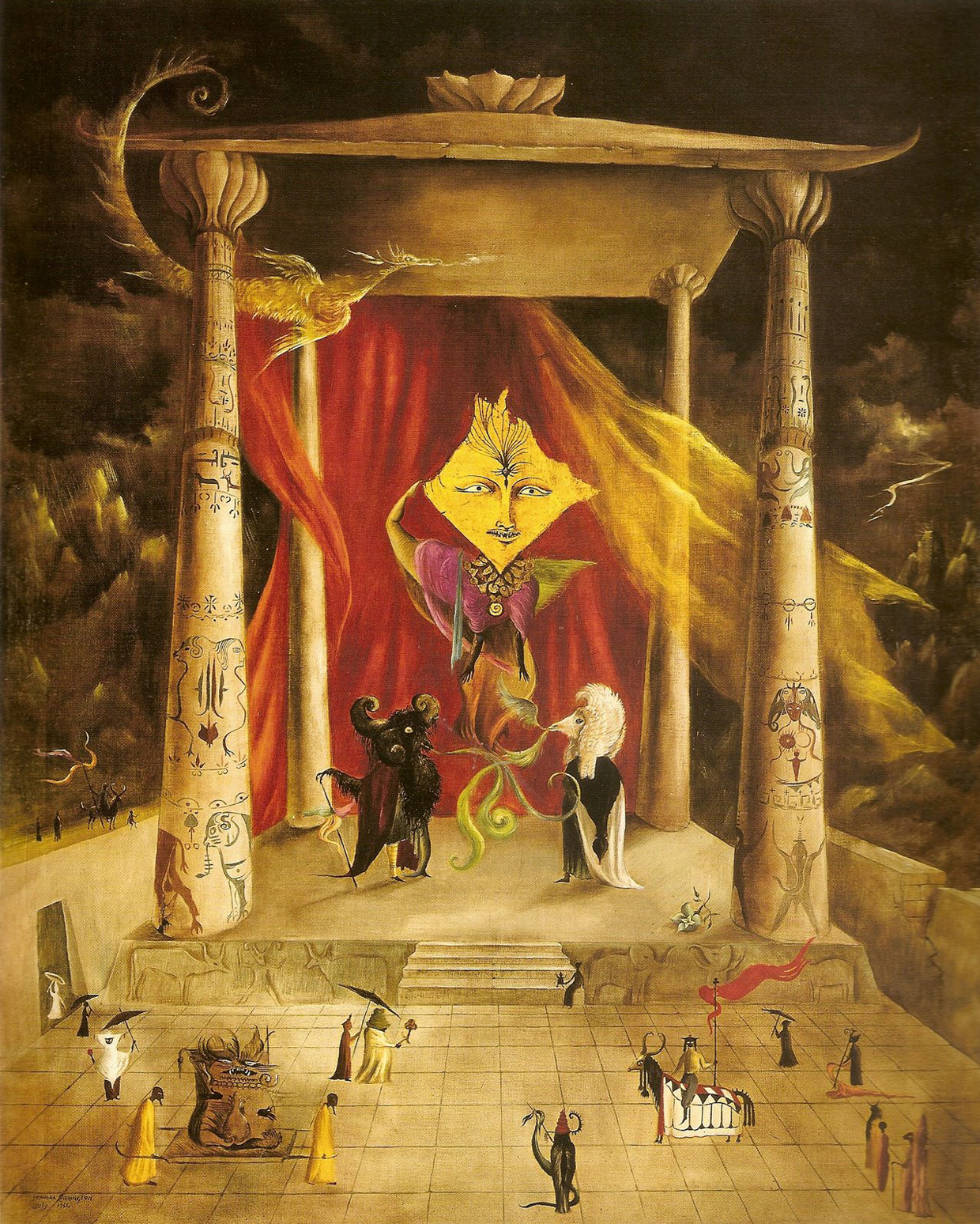

“Houses are really bodies. We connect ourselves with walls, roofs, and objects just as we hang on to our livers, skeletons, flesh and bloodstream. I am no beauty, no mirror is necessary to assure me of this absolute fact. Nevertheless I have a death grip on this haggard frame as if it were the limpid body of Venus herself.”

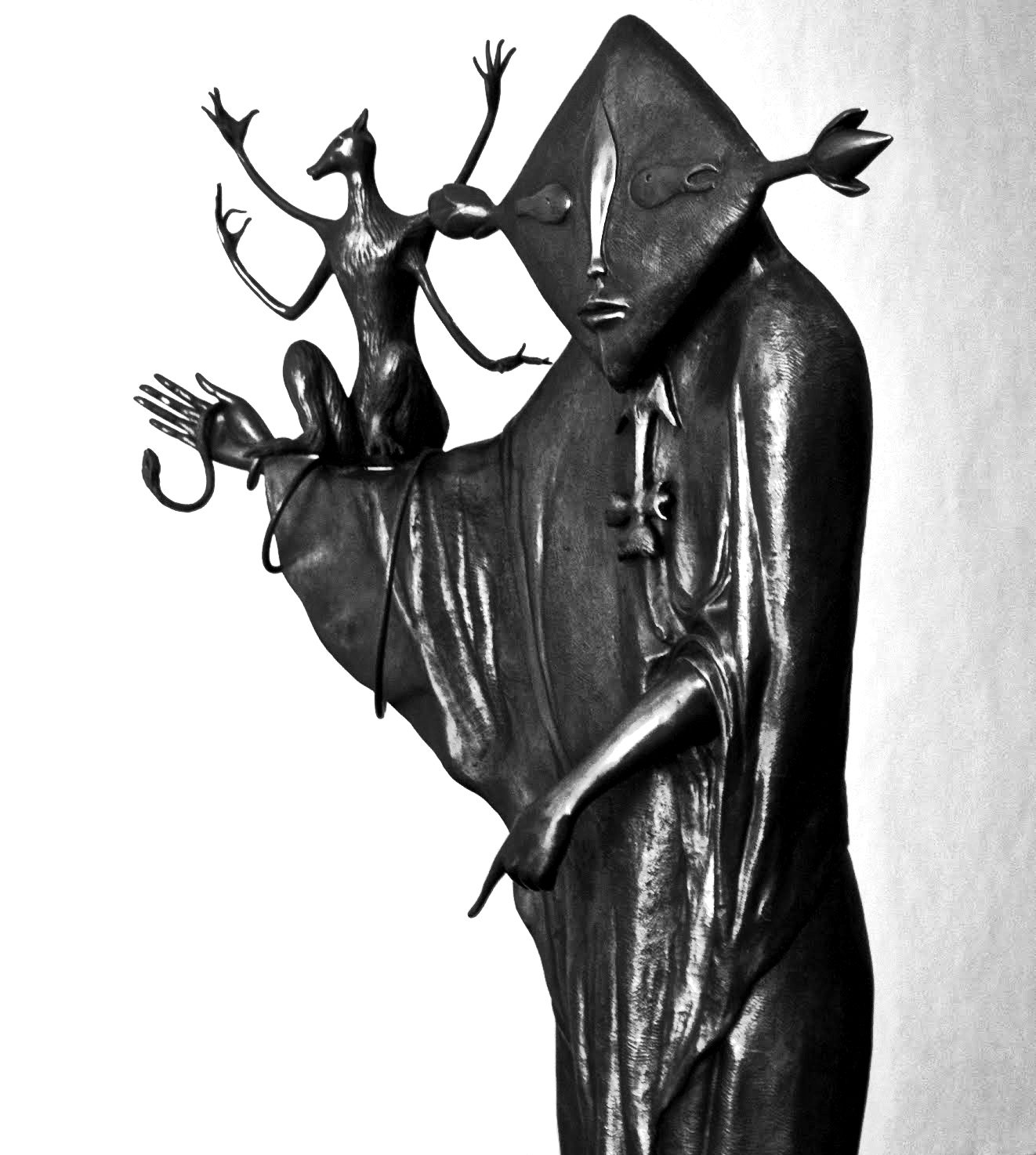
After constantly moving between countries and her own private worlds, Carrington’s works assumed an autobiographical nature. Her body, as well as her work, full of phantoms and strange rituals, were the ingredients that sustained her journeys into the ‘Down Below’ and ‘The Hearing Trumpet’, both attempts to alchemise the rebirth of the world through an insane society, returning the Holy Grail of an enlightened psychological state, back to the goddess Venus in the form of poetic literature and the fruits of internal chaos.
After aligning herself as a child with her grandmother, Carrington was shaped by her deep rooted Celtic traditions which would greatly influence her whilst in Mexico, and later as the tarot card teacher of renouned Chilean film-maker and mystic Alejandro Jodorowsky.
Jodorowsky became a student of Carrington, thus beginning a journey in which vital spiritual lessons were transferred to him by various women who were masters of their own particular crafts. All of which were outlined in his book The Spiritual Journey of Alejandro Jodorowsky.
After aligning herself as a child with her grandmother, Carrington was shaped by her deep rooted Celtic traditions which would greatly influence her whilst in Mexico, and later as the tarot card teacher of renouned Chilean film-maker and mystic Alejandro Jodorowsky.
Jodorowsky became a student of Carrington, thus beginning a journey in which vital spiritual lessons were transferred to him by various women who were masters of their own particular crafts. All of which were outlined in his book The Spiritual Journey of Alejandro Jodorowsky.


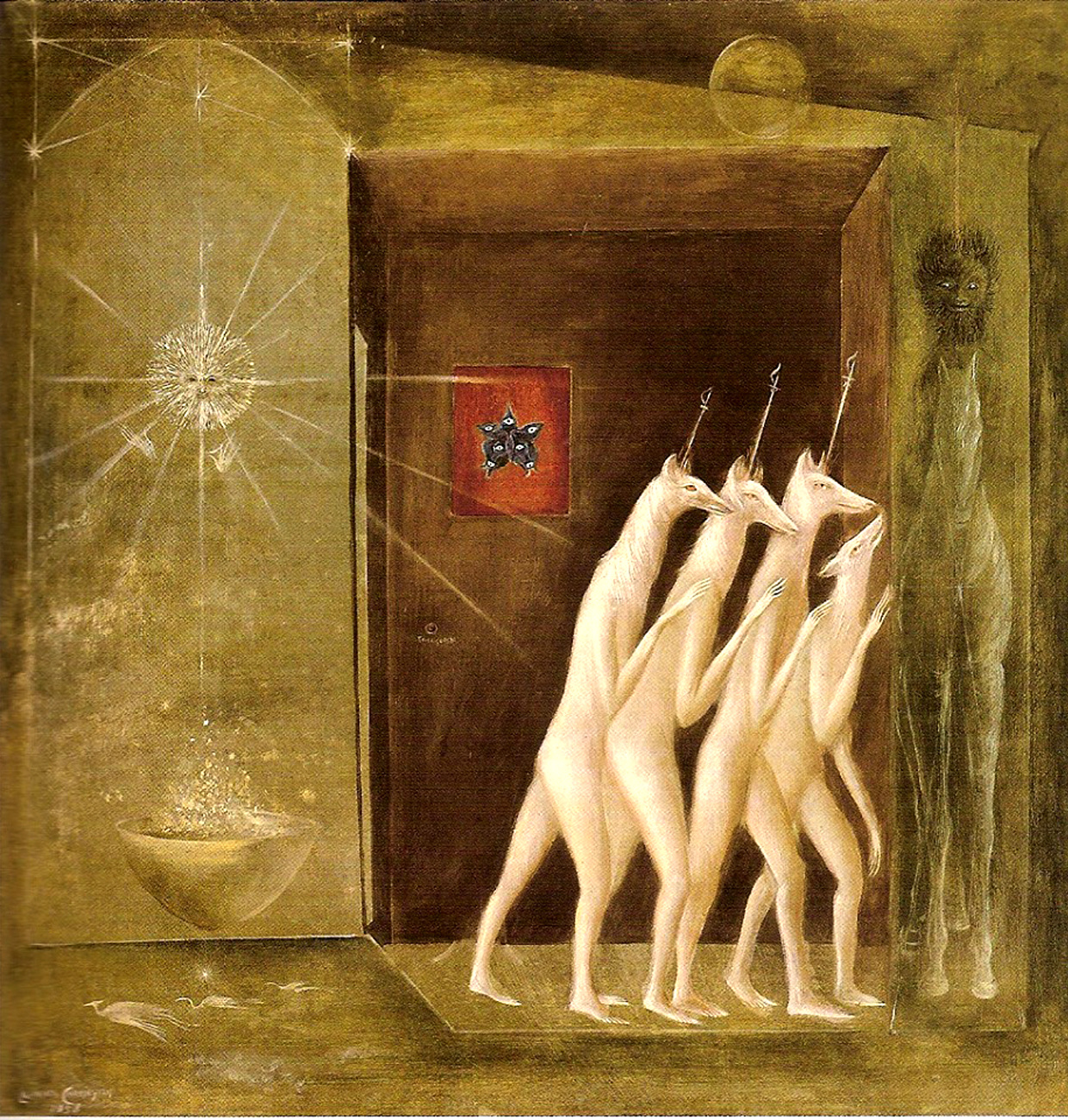
During the time of Leonora’s teaching to Jodorowsky at her home in Cuauhtémoc, he wrote the following:
“That night I could not sleep. It was three o’clock in the morning, and my eyes were wide open. I was possessed. I could feel this woman in my blood, like a boat moving upstream. “Come, come,” she was saying with a voice that seemed to emerge from a distant past. I got dressed, went outside, ran though the streets until I was out of breath, and arrived at her house, opening the door silently with my key and making no noise on the stairs. From the room that served as her painting studio, I saw the flickering light of a candle and heard her voice reciting a litany. Edra, the watchdog, wagged her tail and let me pass without growling. I saw Leonora seated on a wooden throne whose back was carved with the bust of an angel. Naked except for a Jewish prayer shawl, her gaze fixed, unblinking, and focused on infinity, she seemed like a figure on the prow of a ship from an ancient civilization. She had left the world of the rational. She continued to recite in English, taking no notice of my presence. I sat on the floor, facing her. There was little left of any individuality in her. She seemed possessed simultaneously by all women who had ever existed. The words poured out of her mouth like an endless river of invisible insects. I remember a few of her verses:
I, the eye that sees nine different worlds and tells the tale of each.
I, Anuba who saw the guts of pharaoh, embalmer, outcast.
I, the lion goddess who ate the ancestors and churned them into gold in her belly.
I, the lunatic and fool, meat for worse fools than I.
I, the bitch of Sirius, landed here from the terrible hyperbole to howl at the moon.
I, the bamboo in the hand of Huang Po.
I, the queen bee in the entrails of Samson’s dead lion.
I, the tears of the archangel that melted it again.
I, the solitary joke made by the snow queen in higher mathematics.
I, the gypsy who brought the first greasy tarot from Venus.
I, the tree of wisdom whose thirteen branches lead eternally back again.
I, the eleventh commandment: Thou shalt despise no being.“
Whilst her surrealist associates obsessed over Freudian psychology, Carrington preferred instead to delve into mythology, animism and personal archetypes of female sexuality in a quest for a freer society.
Jodorowsky, whilst leaving her house after their first meeting, recounted her saying, as a kind of good-bye gesture, “I am the nine doors. I shall open the one on which you knock.”
![]()
“That night I could not sleep. It was three o’clock in the morning, and my eyes were wide open. I was possessed. I could feel this woman in my blood, like a boat moving upstream. “Come, come,” she was saying with a voice that seemed to emerge from a distant past. I got dressed, went outside, ran though the streets until I was out of breath, and arrived at her house, opening the door silently with my key and making no noise on the stairs. From the room that served as her painting studio, I saw the flickering light of a candle and heard her voice reciting a litany. Edra, the watchdog, wagged her tail and let me pass without growling. I saw Leonora seated on a wooden throne whose back was carved with the bust of an angel. Naked except for a Jewish prayer shawl, her gaze fixed, unblinking, and focused on infinity, she seemed like a figure on the prow of a ship from an ancient civilization. She had left the world of the rational. She continued to recite in English, taking no notice of my presence. I sat on the floor, facing her. There was little left of any individuality in her. She seemed possessed simultaneously by all women who had ever existed. The words poured out of her mouth like an endless river of invisible insects. I remember a few of her verses:
I, the eye that sees nine different worlds and tells the tale of each.
I, Anuba who saw the guts of pharaoh, embalmer, outcast.
I, the lion goddess who ate the ancestors and churned them into gold in her belly.
I, the lunatic and fool, meat for worse fools than I.
I, the bitch of Sirius, landed here from the terrible hyperbole to howl at the moon.
I, the bamboo in the hand of Huang Po.
I, the queen bee in the entrails of Samson’s dead lion.
I, the tears of the archangel that melted it again.
I, the solitary joke made by the snow queen in higher mathematics.
I, the gypsy who brought the first greasy tarot from Venus.
I, the tree of wisdom whose thirteen branches lead eternally back again.
I, the eleventh commandment: Thou shalt despise no being.“
Whilst her surrealist associates obsessed over Freudian psychology, Carrington preferred instead to delve into mythology, animism and personal archetypes of female sexuality in a quest for a freer society.
Jodorowsky, whilst leaving her house after their first meeting, recounted her saying, as a kind of good-bye gesture, “I am the nine doors. I shall open the one on which you knock.”
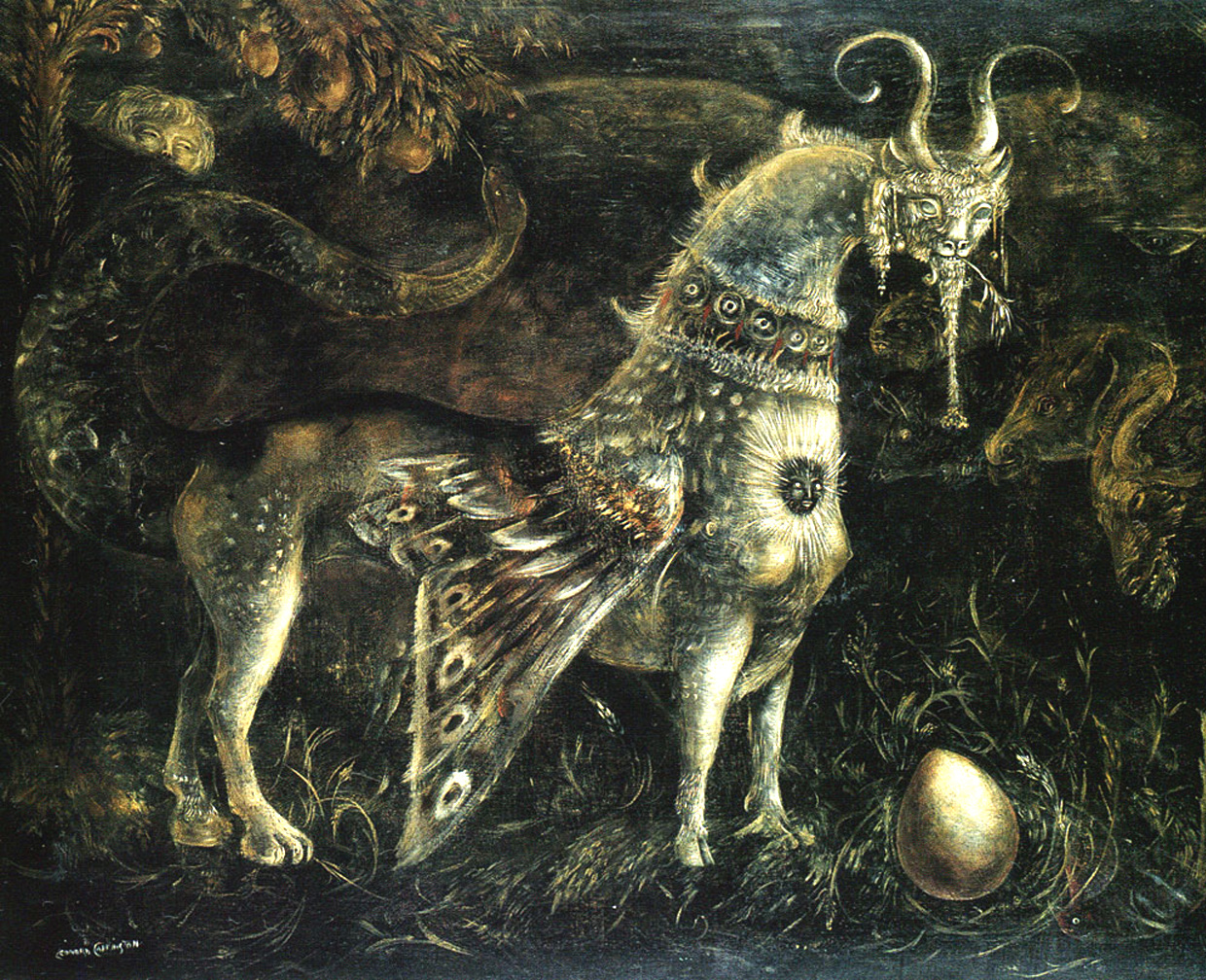

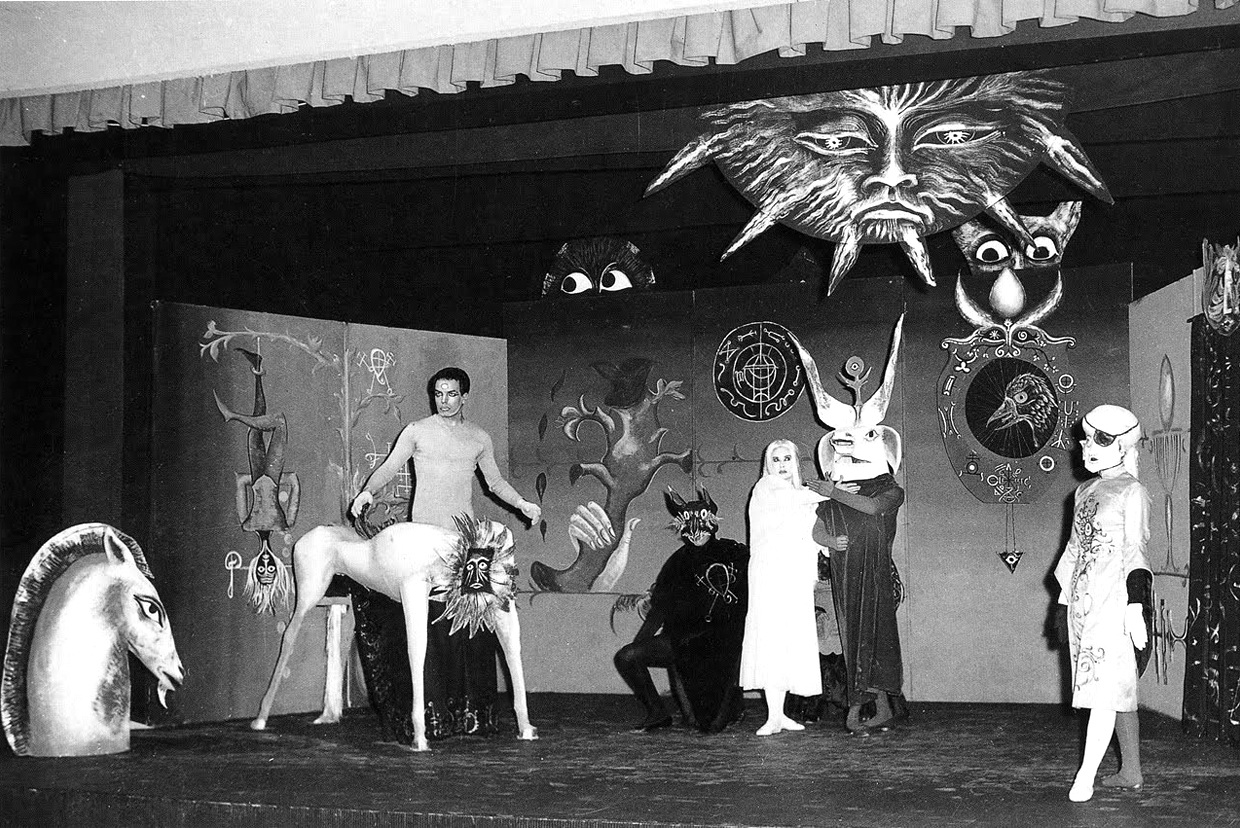

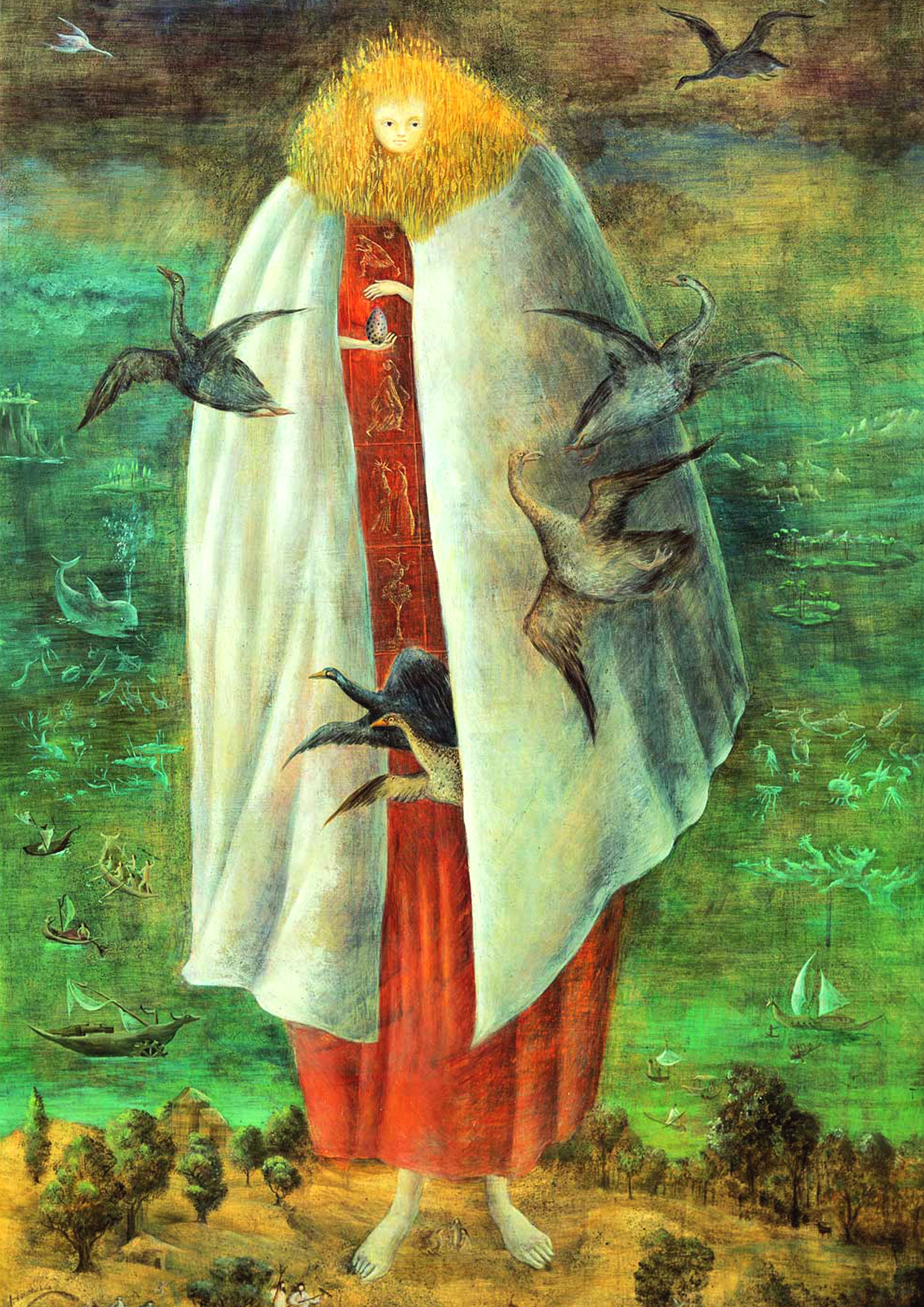

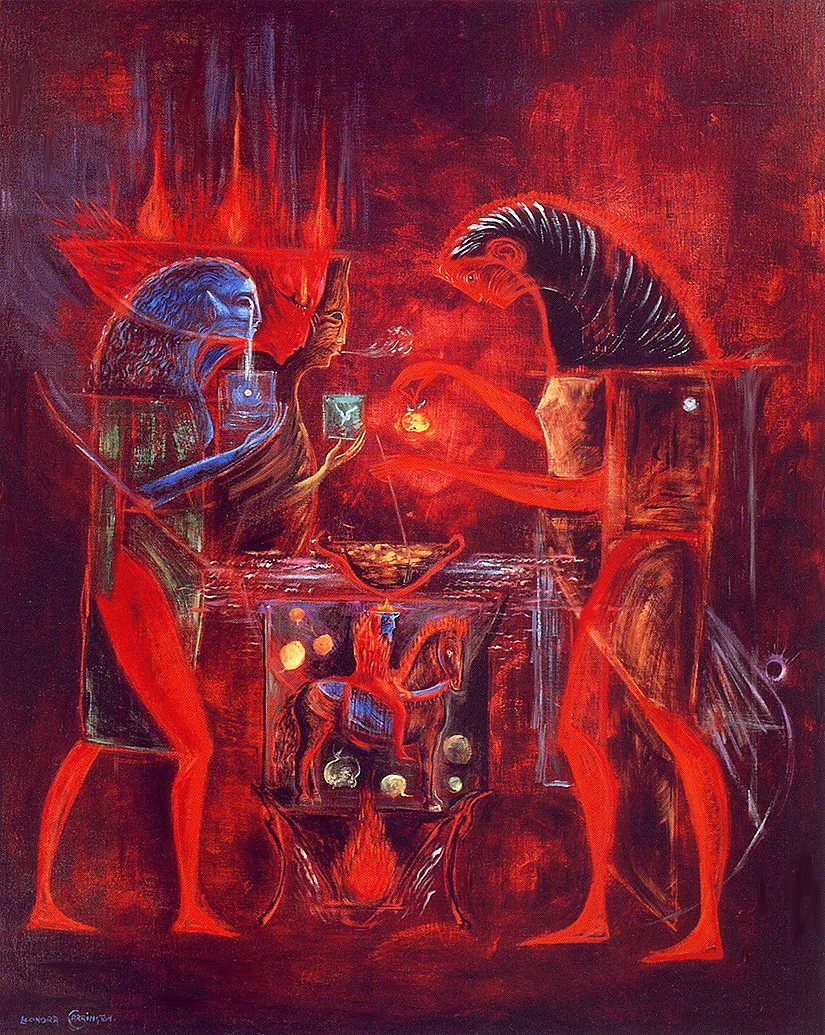
Further Reading ︎
Female artists and their male muses
The Celtic Surrealist
The Feminisation of Surrealism, The New Yorker, article
Noise & Silence, detailed bio of Leonora Carrington
Tutt Art, detailed bio